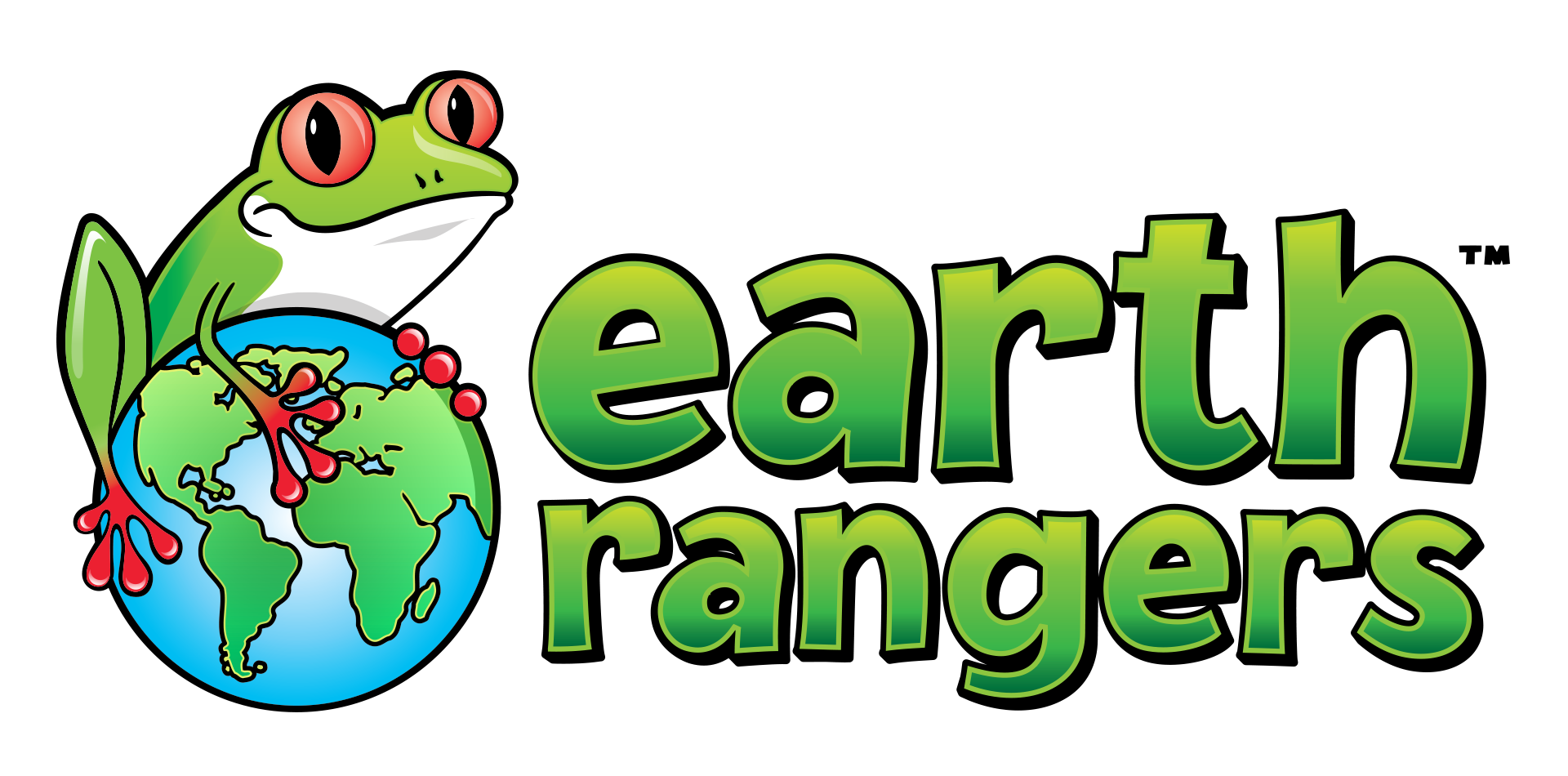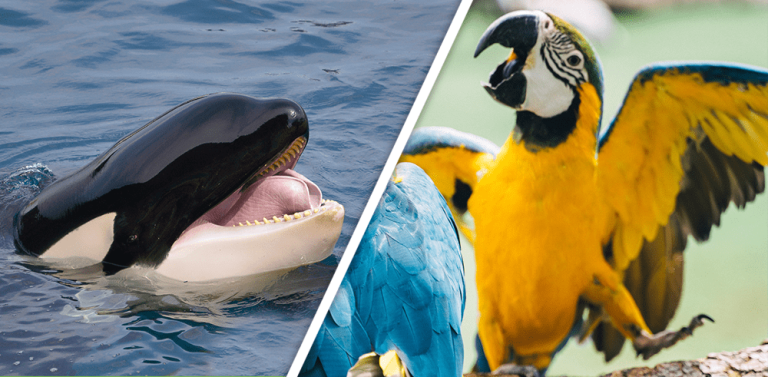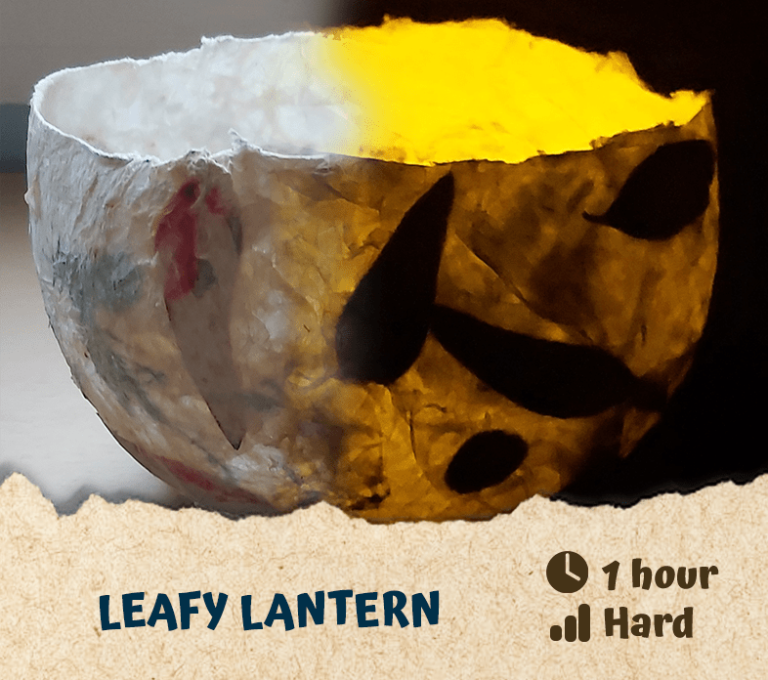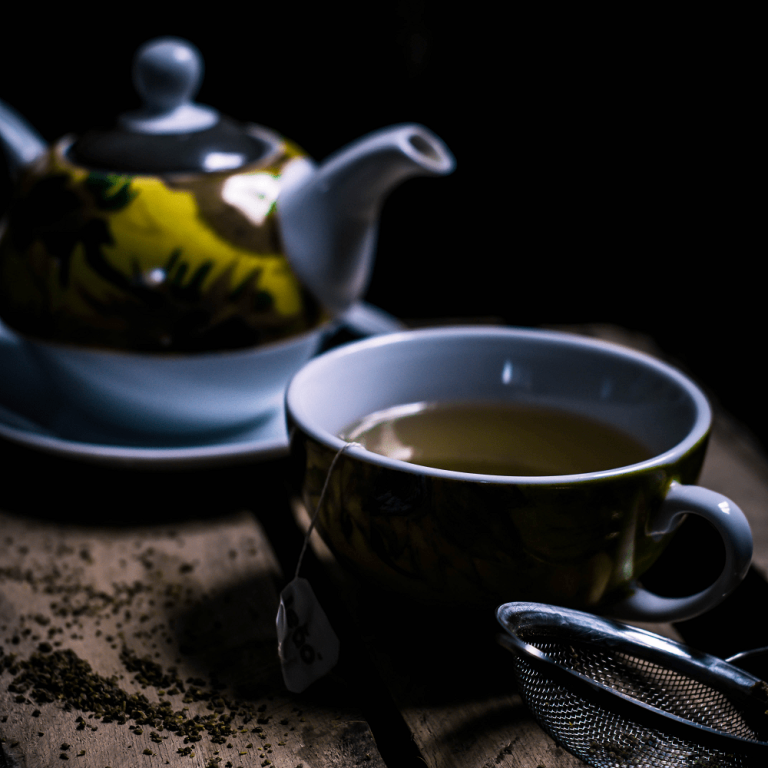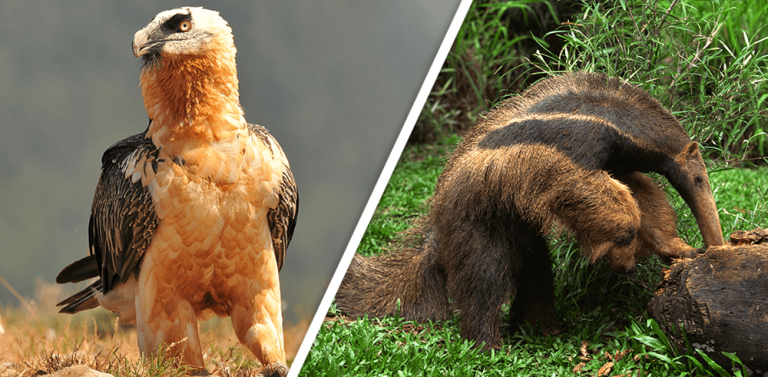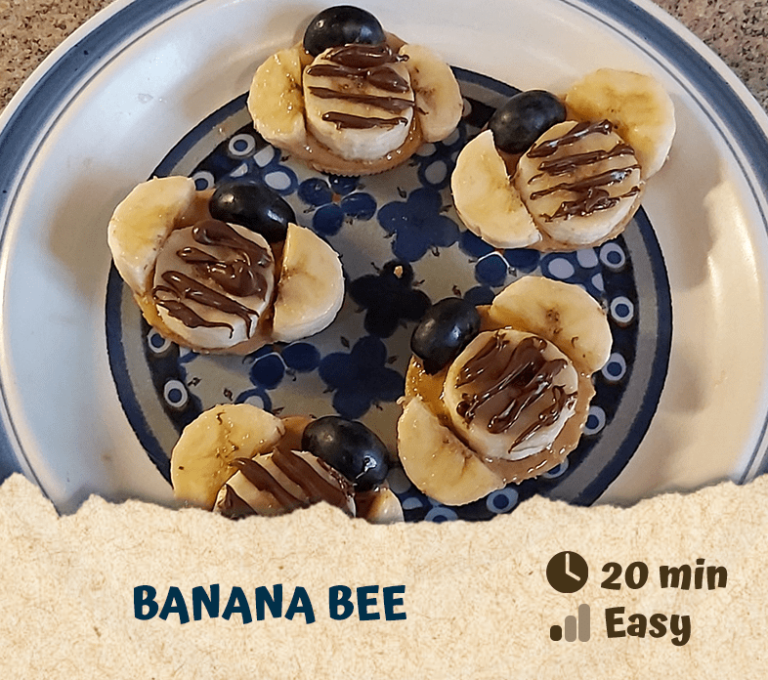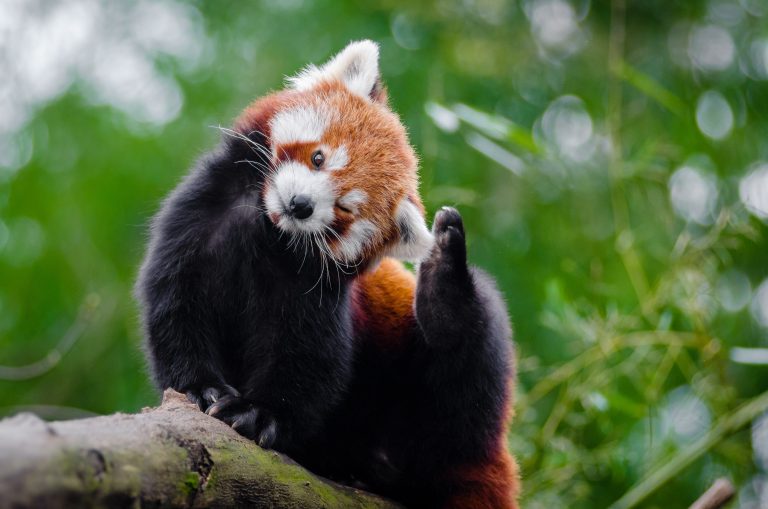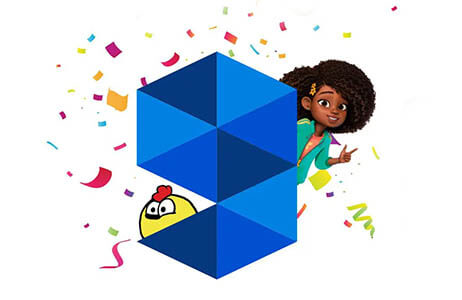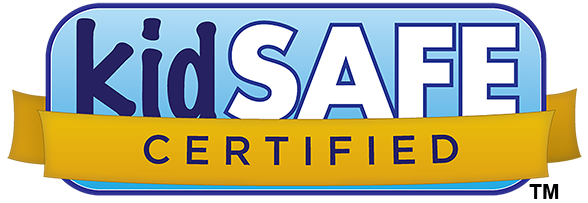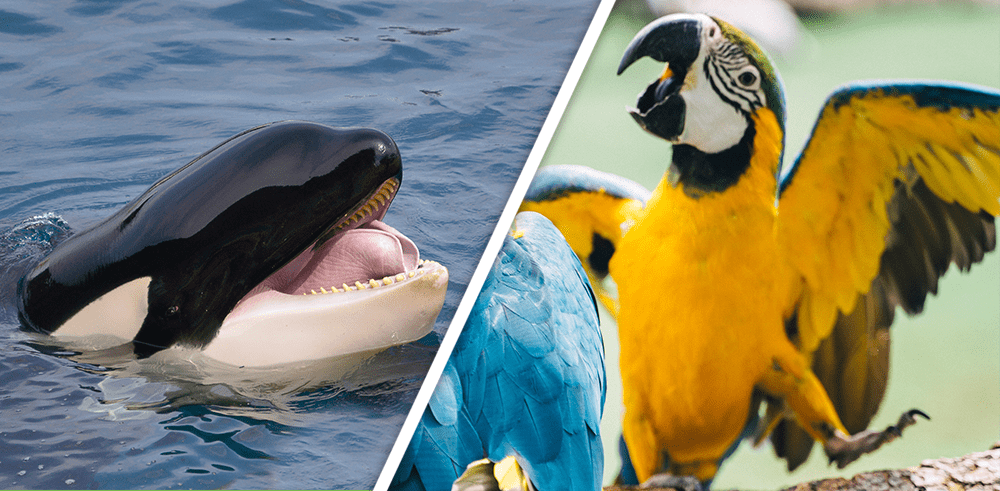
Pixel Puzzler #22: The Great Reveal
We’ve gotten tons of great guesses on Part 1 of this Pixel Puzzler and now it’s time for the answer. Are you ready for the great reveal? Find out if you got it right!
The answer to this Pixel Puzzler is (drum roll please) an eel! How did you do? Tell us in the comments!
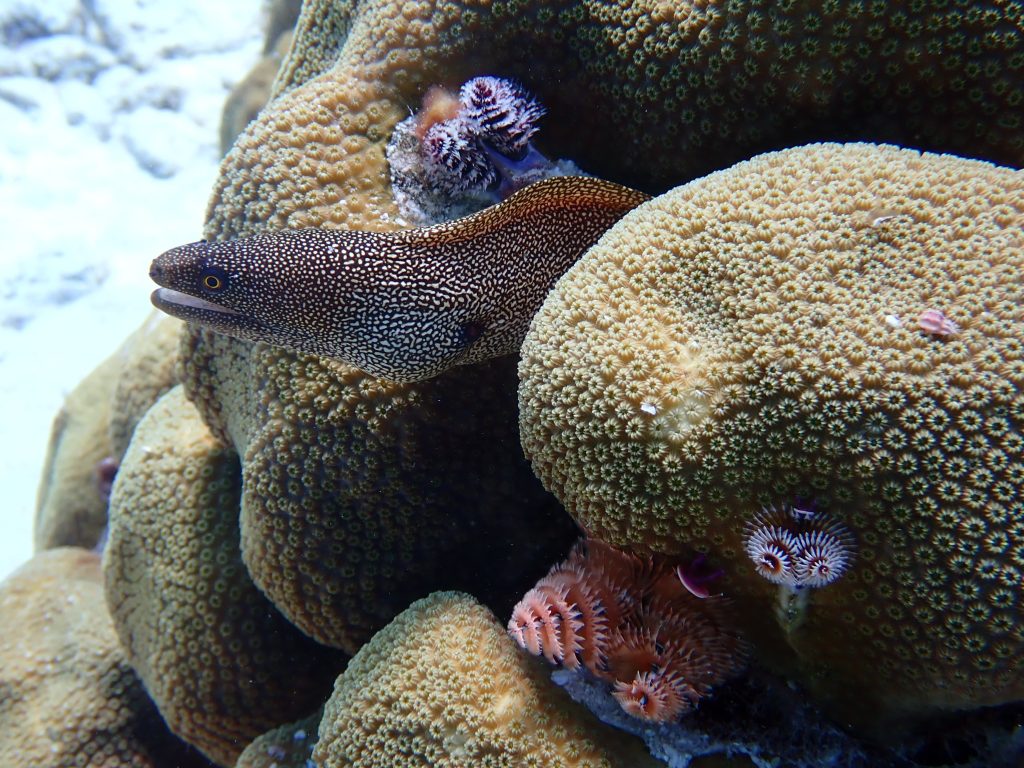
Tap here for more cool stuff like this!
Leafy Lantern
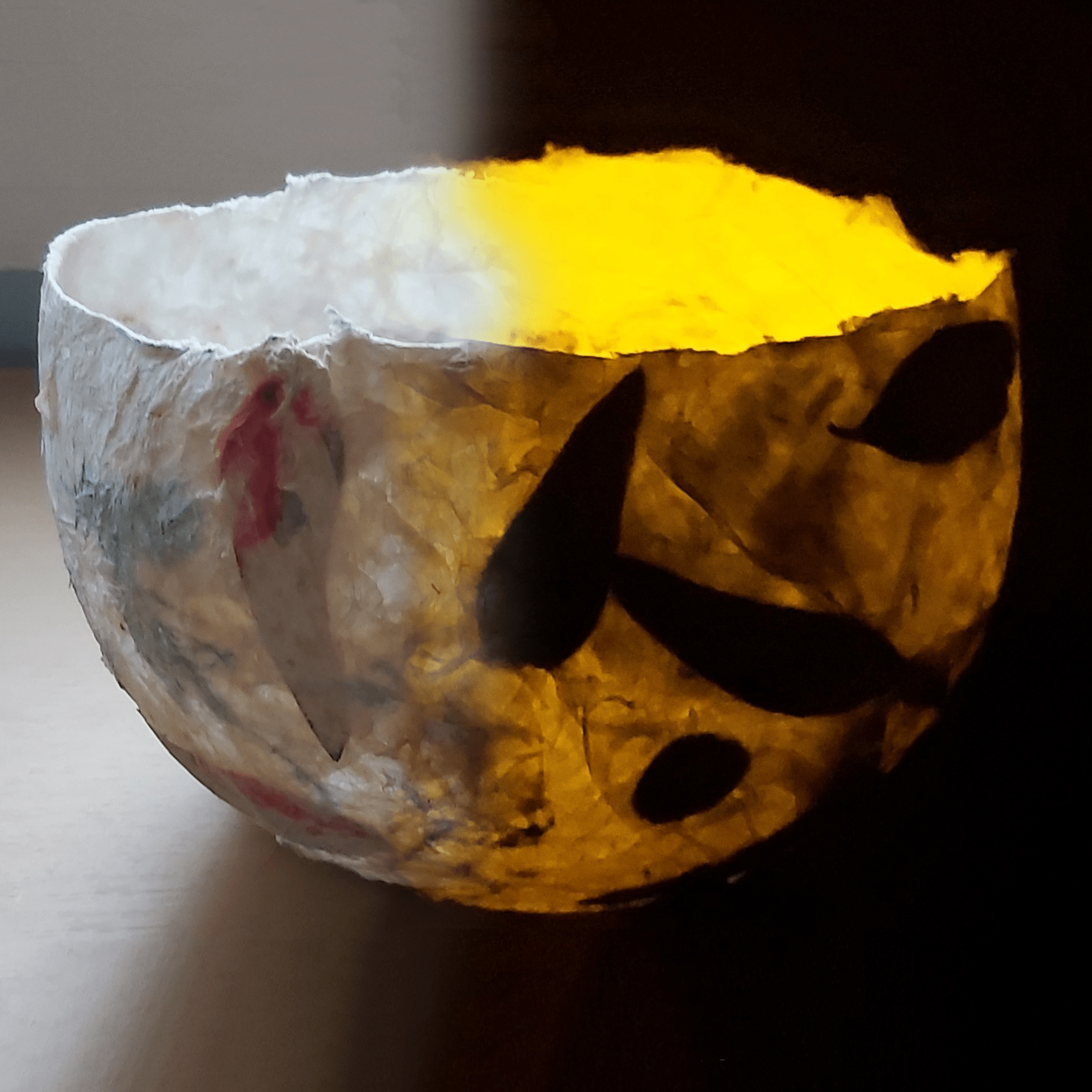
Gather your flowers, it’s time to bring spark and bloom to this season! These flower lanterns are a real de-light! We be-leaf that you’ll lilac making these.
- Pressed flowers (you can make your own)
- A balloon
- Tissue paper (napkin or paper towels will also work)
- 1 cup of All-Purpose Flour
- Water
- Flameless candles
Here’s how you make it:
Step 1:
Gather your pressed flowers.
If you don’t have pressed flowers, here’s how you can make your own:
Pick some flowers, put them between two pieces of newspaper, and place them inside a book for about 2 weeks. Afterward, you’ll be left with dry, flat flowers!
Step 2:
Begin by making your own glue! Pour 1 cup of flour and 1 1/2 cups of water into a bowl and mix until it’s smooth and runny. You can use your fingers to break up any flour clumps you find.
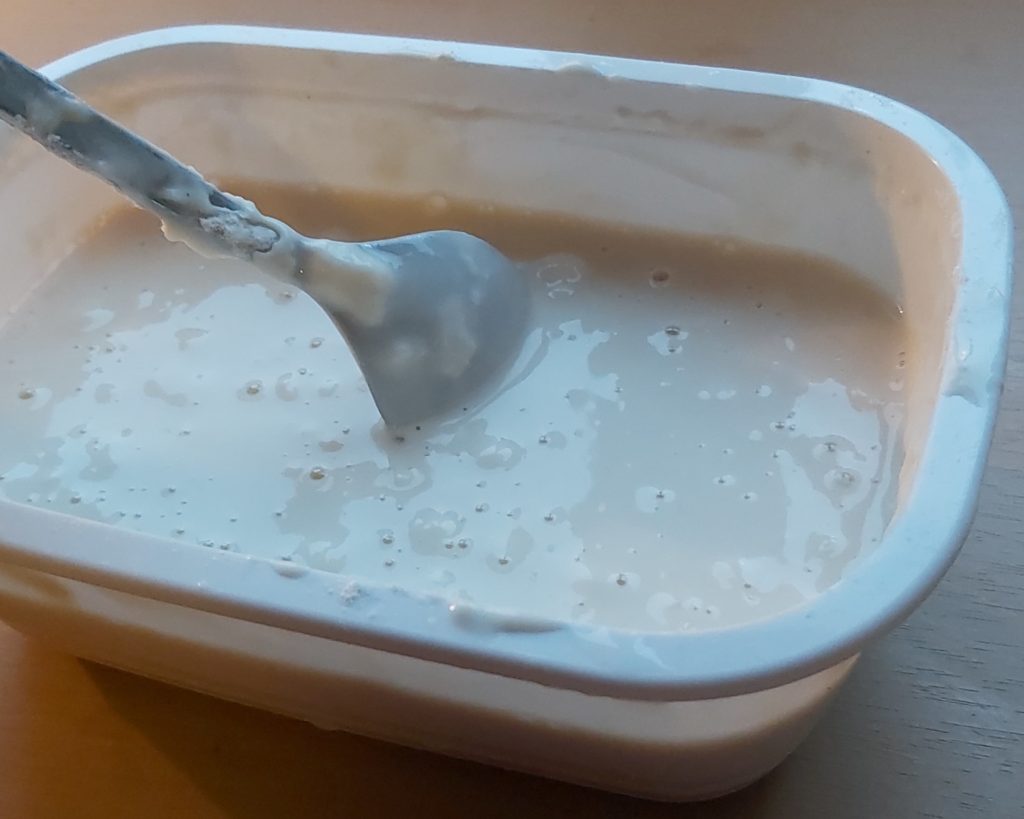
Step 3:
Blow up your balloon and tie a knot so the air doesn’t escape.
Step 4:
Time to get messy! Rip your paper into pieces. Dip each piece into the flour mixture until it’s fully coated and then put it onto the balloon. Keep doing this until your balloon is completely covered in 2-3 layers of paper, making sure to overlap a bit of each piece of paper with another.
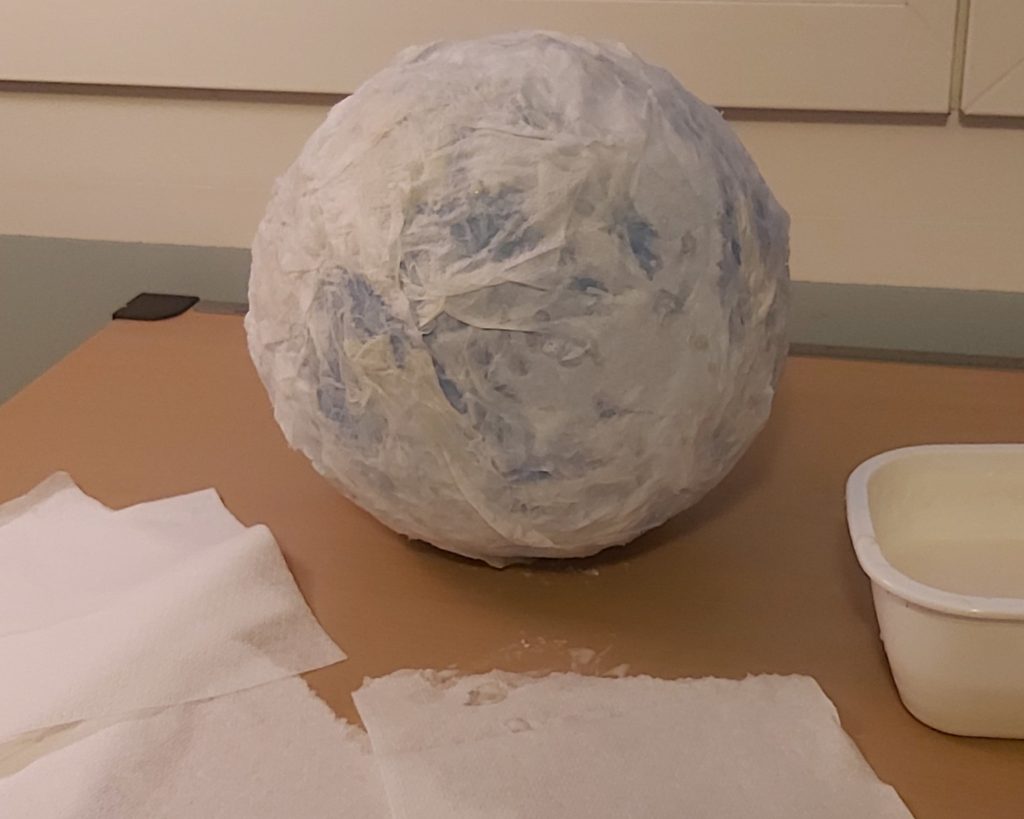
Step 5:
Now you can start adding your flowers! Dip them into the runny mixture and place them on the balloon. Then cover them with a final layer of paper.
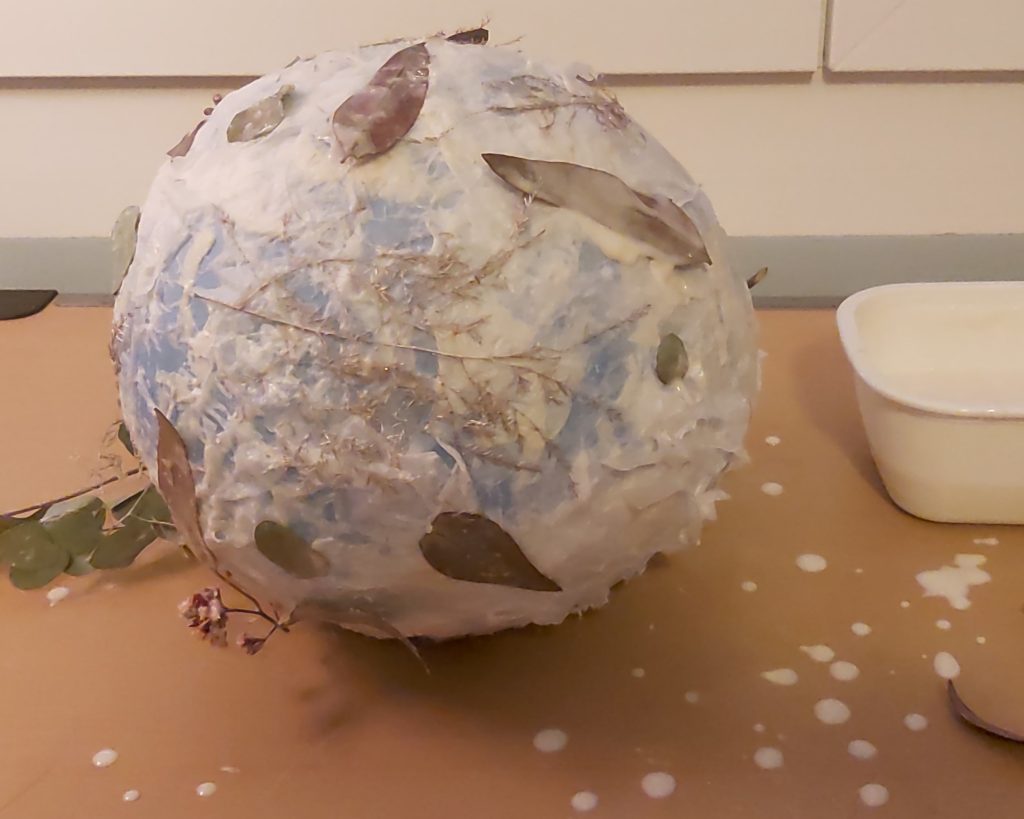
Step 6:
Wait for your lantern to dry completely. You can place the balloon on a jar to help it dry evenly. It can take 24 hours or more, so be patient.

Step 7:
Once your lantern is dry, pop the balloon and cut the sphere in half. You may want to draw a line around it first so you cut it straight.
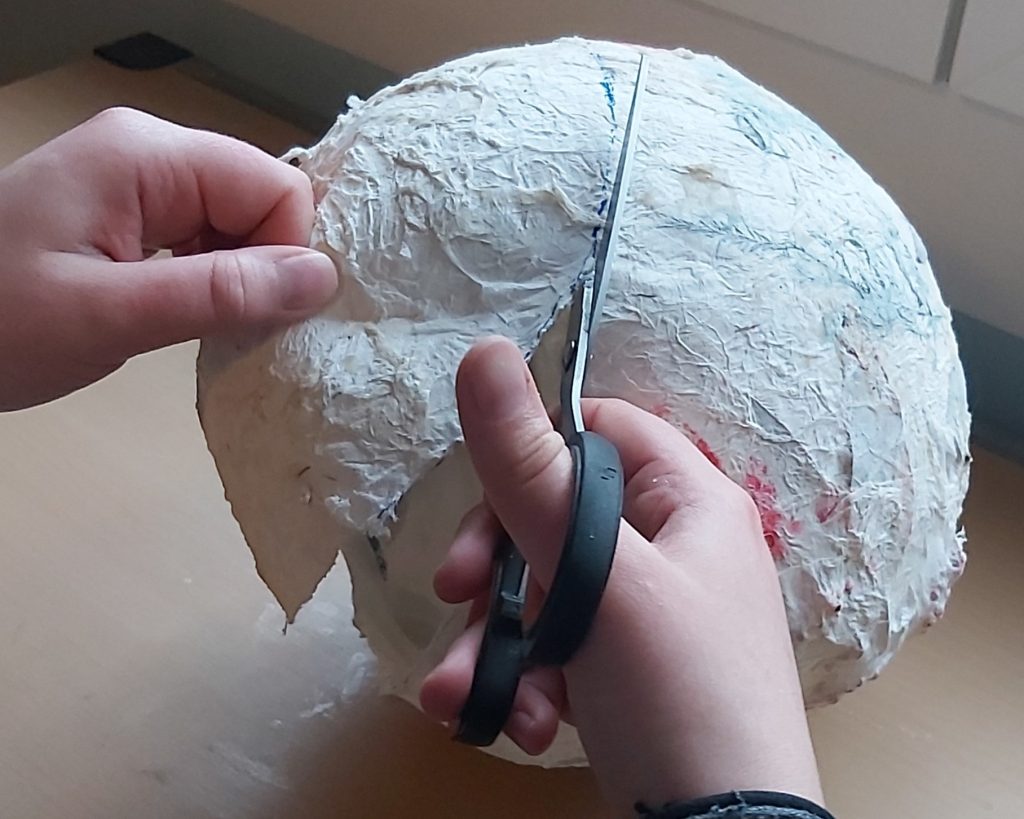
Step 8:
Now you have a flower lantern! Just turn on your flameless candles, place them in the middle of your lantern, and bask in the glow.
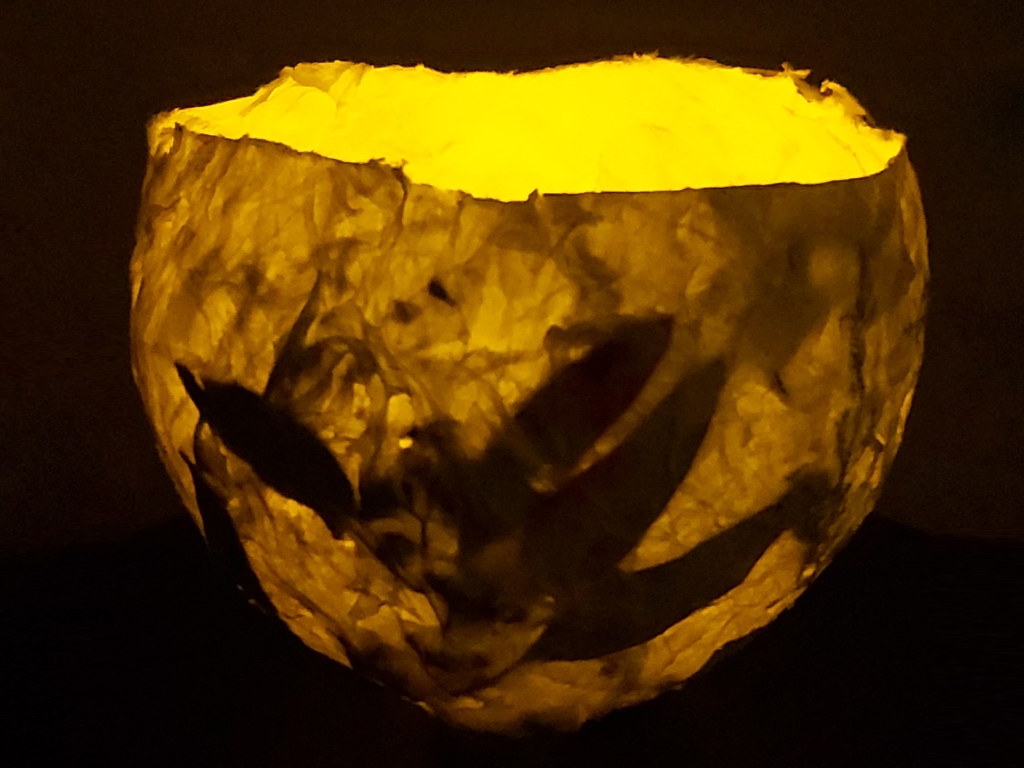
Adelia Goodwin’s Secret Journal – Tea with a Legend

This is it! Emma’s quest has been leading up this moment. She is finally faced to face with Adelia Goodwin… who doesn’t seem all too pleased to find her looking through her diary! Oh dear, how is her reunion with the legendary conservationist going to go?
It sure has been a long journey for Emma, hasn’t it? It would not be an understatement to say she’s gone through a lot. Stranded in the Namib desert, climbing the peaks of the Himalayas to making an emergency landing in the Nicaraguan jungle, Emma has gone above and beyond to find Adelia.
Before jumping into this climax, let’s look back at her adventures, discoveries, new friends, and foes.

Where it all started
It all began during the spring cleaning at the Earth Ranger’s Centre. Exploring the attic, Emma discovers a mysterious journal inside, a diary of records made by none other than the famous – but missing – conservationist Adelia Goodwin! Eager to use the journal as a clue, Emma jumped into her plane Bessy and set out to her first destination: Sri Lanka.
But she wasn’t alone…
Sonic, the stowaway sidekick!
Hiding aboard Bessy was none other than Sonic, the barn owl!
Having no choice but to bring him along, Emma would soon discover how useful her animal companion was to her journey when he helped her to retrieve Adelia’s journal after it got stolen.
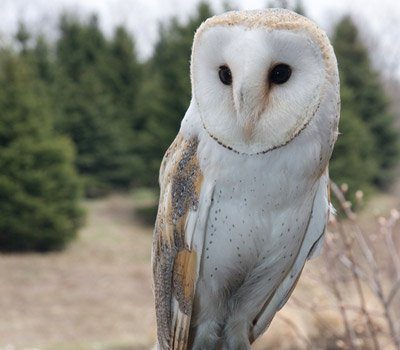
A test above the clouds
While she doesn’t have wings like Sonic, Emma could fly Bessy. And yet, her highest point ever reached is by climbing! The Himalayas proved to be her greatest test yet. To show she was not a thief who had stolen Adelia’s journal, Emma had to prove herself in a test of knowledge. Through this, she gained her greatest ally: Nepal-based environmentalist, Dr. Juliette Giri – snow leopard expert – and Adelia Goodwin superfan. Together, Juliette and Adelia researched snow leopards, that is… up until Adelia’s mysterious disappearance.
Under Dr. Giri’s guidance, Emma explored the mountains for more clues – and eventually stumbled upon Adelia’s writing in a cave. The text was a riddle – one Emma would need to solve to know where to go next!
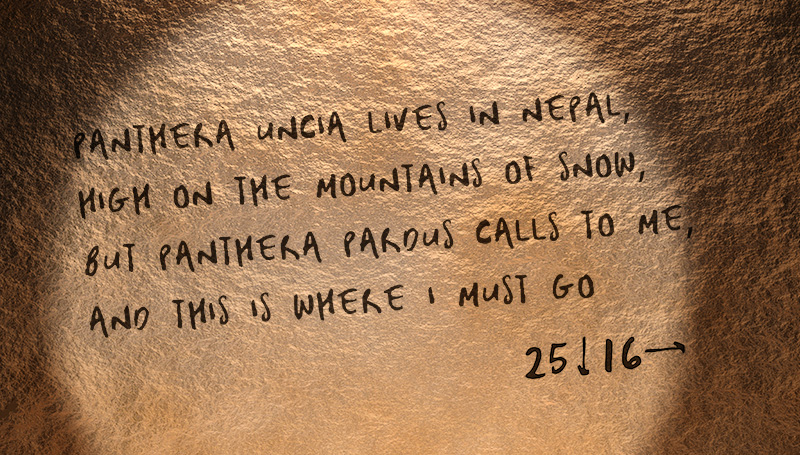
After solving the Riddle, Emma set off to her next destination. But there was one little problem… Bessy’s GPS malfunctioned, forcing Emma to crash land in the Namib desert! Then Emma had to make the difficult decision of continuing by foot in the dangerous desert or moving away from her destination to the safety of a campsite.
Just where would Emma go?
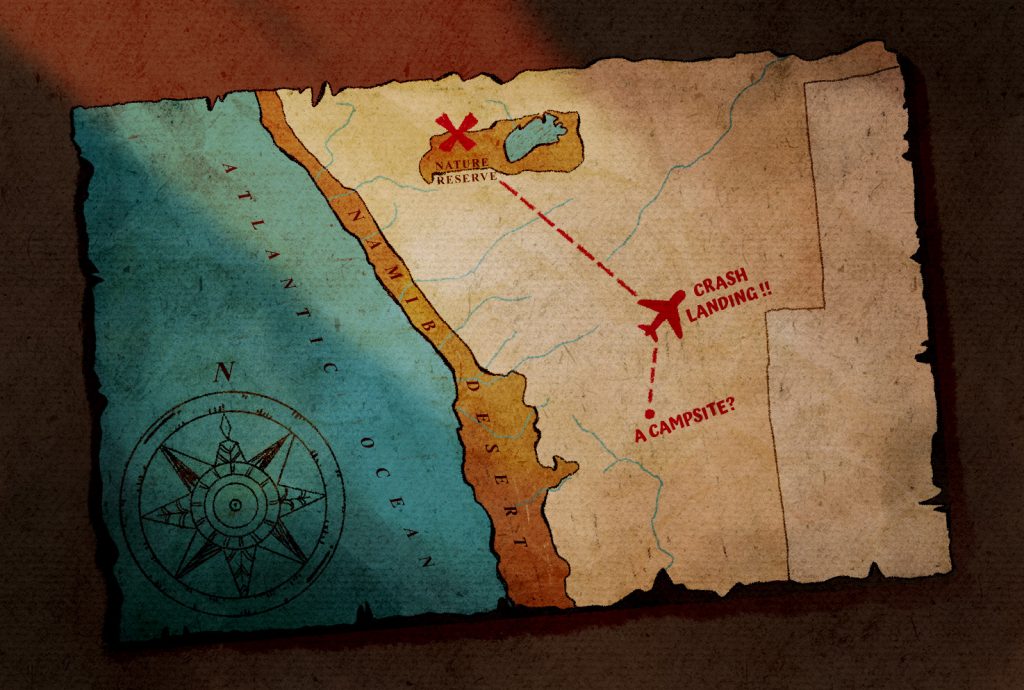
On her way to safety, Emma found Nyah. The two quickly became close friends, eagerly setting off to help animals in danger not long after they reached the campsite. And yet, strange mysteries seemed to tie to Nyah. Emma’s friend had an odd serpent tattoo, one not too unlike the carving on a box dropped from a passing Jeep. The box itself was locked, but there was a worrying message on its side that said:
“Your time is running out.”
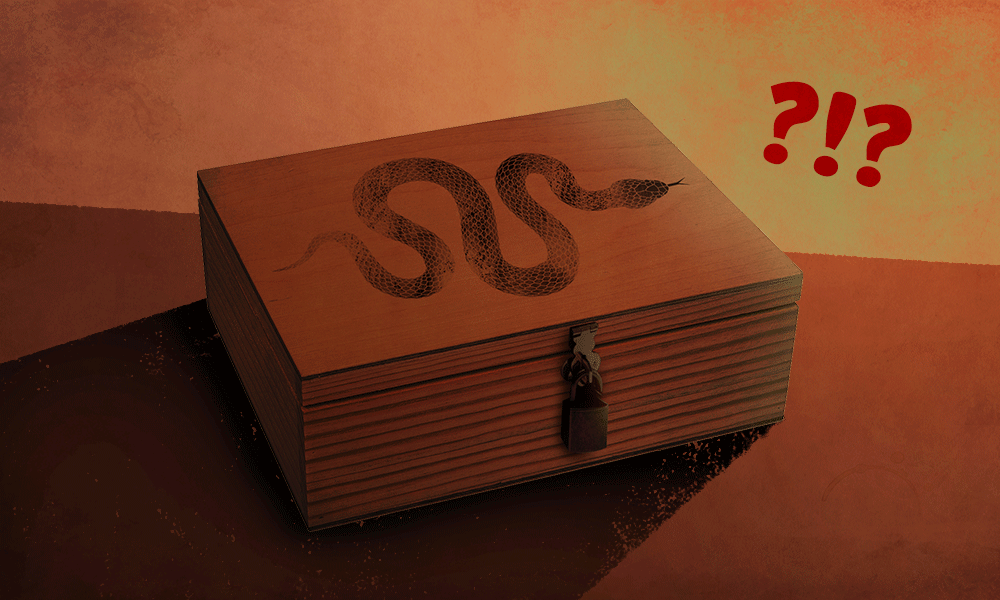
The warning on the box, the drawing on its lid, and the strange key hidden inside it left Emma with many questions. Just what was this key for? Why did the serpent match Nyah’s tattoo? Was Emma in danger? Was Adelia in danger?
With these questions in mind, Emma decided to sneak from camp at night to fix Bessy, a decision that led to a hasty escape!
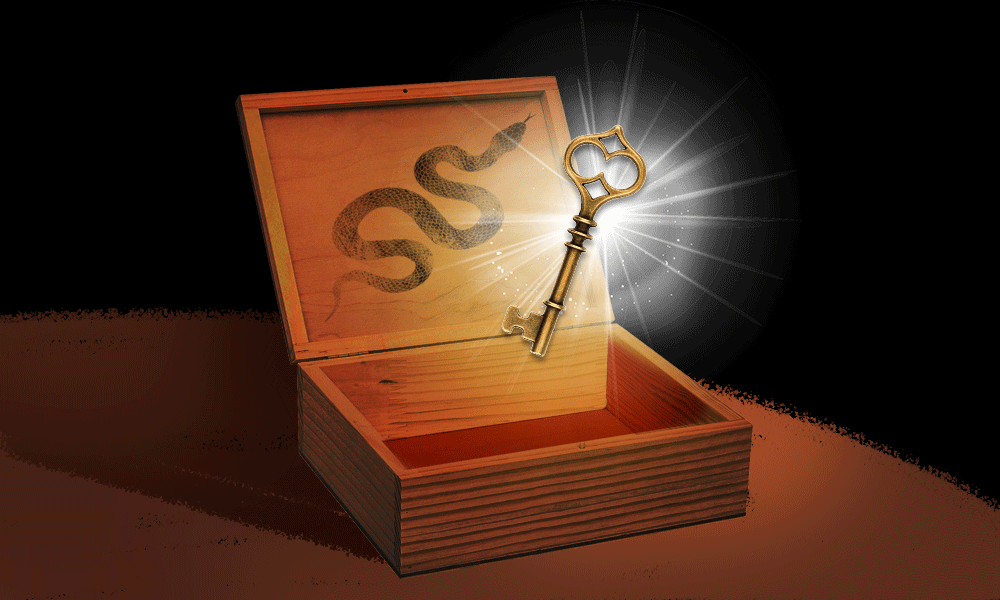
Where we are now
Emma’s last destination brings her to the Nicaragua jungle. Tired and in need of some rest, Emma is pointed to a research cabin… one that is locked! With no other key but the one she found, Emma tested the serpent’s key on the door, and it opens! What does this mean?
That next morning, Emma explores the research cabin a little more, stumbling across the biggest clue yet: Another journal! But just as she begins to read it, a certain someone interrupts her.
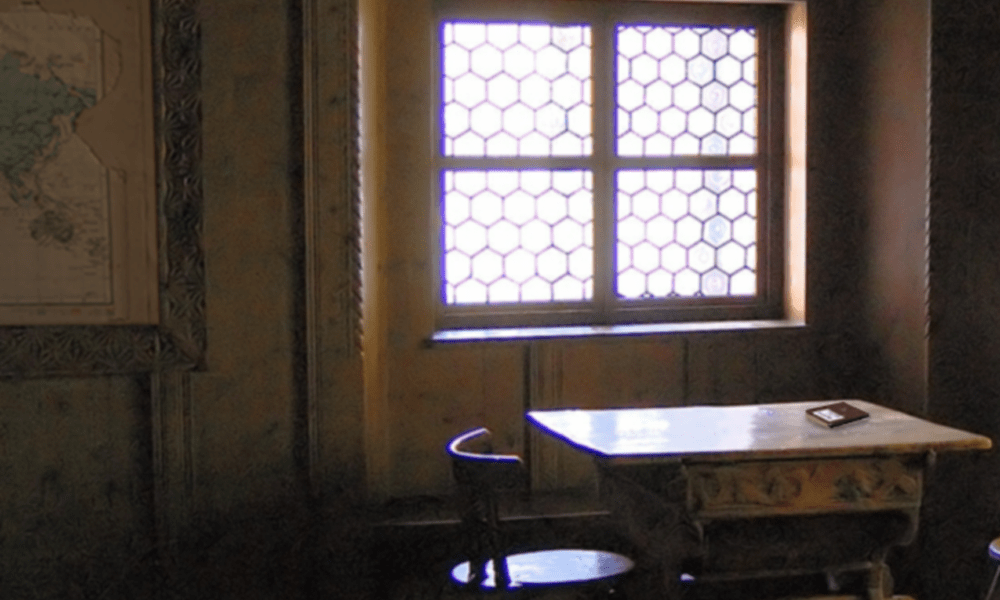
Everything has led up to this point! What part of Emma’s adventure did you like the most? Were there any moments that stood out to you? What animal met along this journey did you like the most?
Finally…What new adventures will await Emma back home?
Walking on Ice like a Polar Bear
Not only are polar bear paws giant, they’re also, ummm suction-y? Polar bears’ feet have small bumps and holes on the bottom of them which act like suction cups, helping to keep the bears from slipping on the ice.

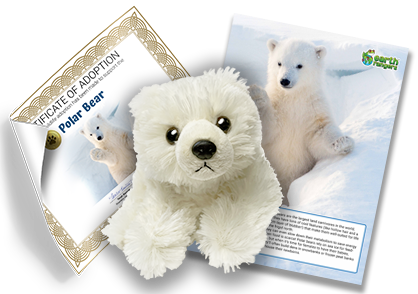
Help polar bears with a Wildlife Adoption!
Head to the Adoptions Section in the App or visit the Earth Rangers Shop!

Would you Rather #35
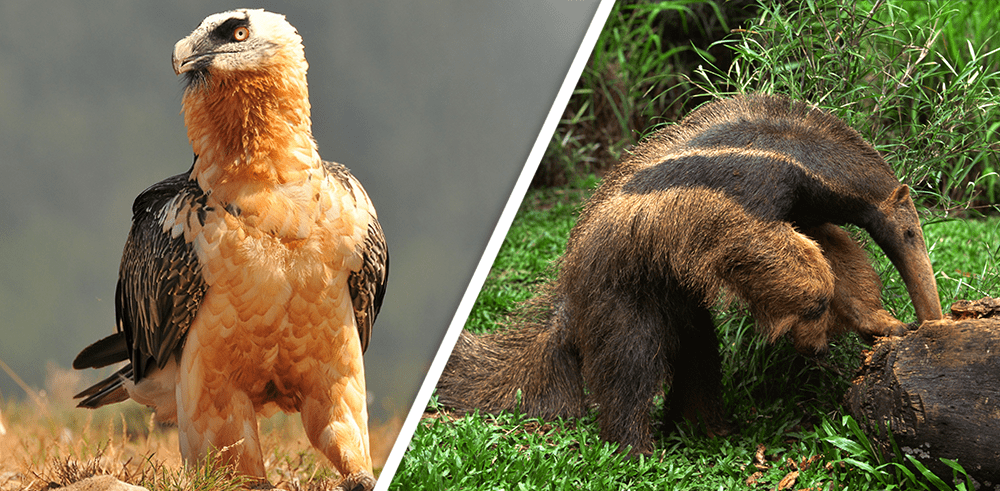
Would you rather…
Pick at bones like a vulture or suck up bugs like an anteater?
Tell us which one you pick in the comments!
More “Would You Rather” Questions!
Pixel Puzzler #22: Part 1
Let’s put your identification skills to the test! Can you figure out what is hidden in this picture? Make your guess in the comments.
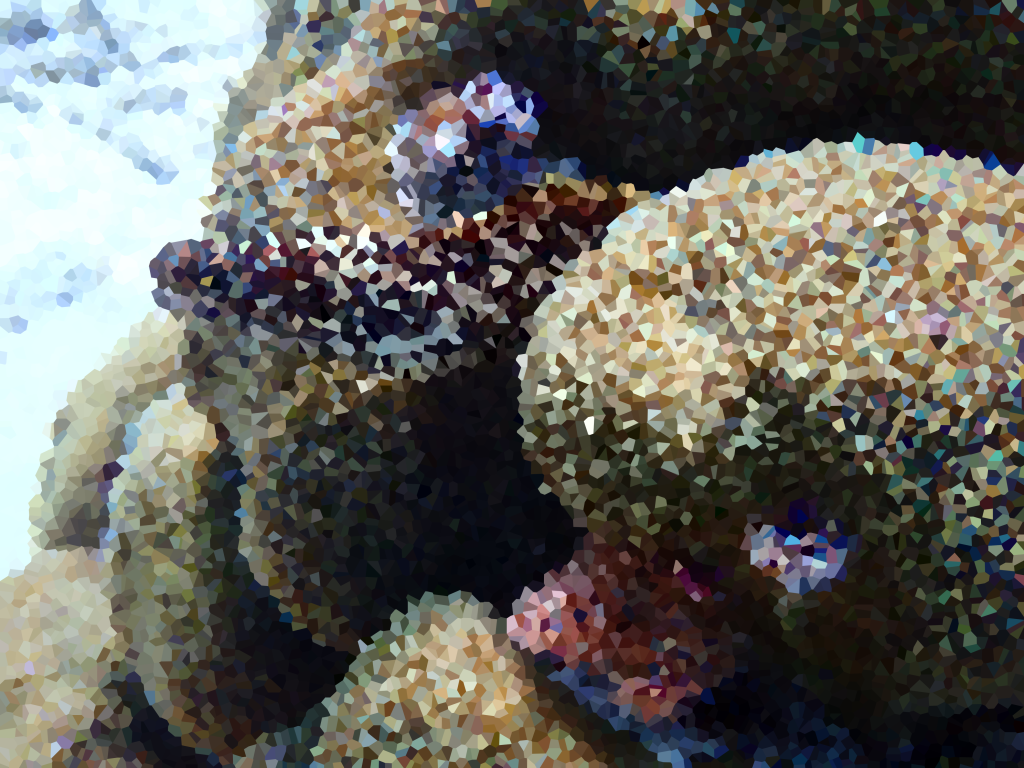
Check back next week for the answer!
Tap here for more cool stuff like this!
Banana Bee
Banana Bee

You won’t bee-lieve what we have here! These banana bees are worth swarming over.
Here’s what you need:
- Small cookies (or crackers)
- Blueberries or grapes
- A banana
- Breakfast spread (peanut butter, jelly, jam, or honey)
- 1 cup of chocolate chips (or chocolate spread)
- A sealable plastic bag
Here’s how you make it:
Step 1: Cut up your fruit for your bee’s body, wings, and head. You’ll need:
• One slice of banana for your bee’s body.
• Two half slices of banana for your bee’s wings.
• Half a blueberry (or grape) for your bee’s head.
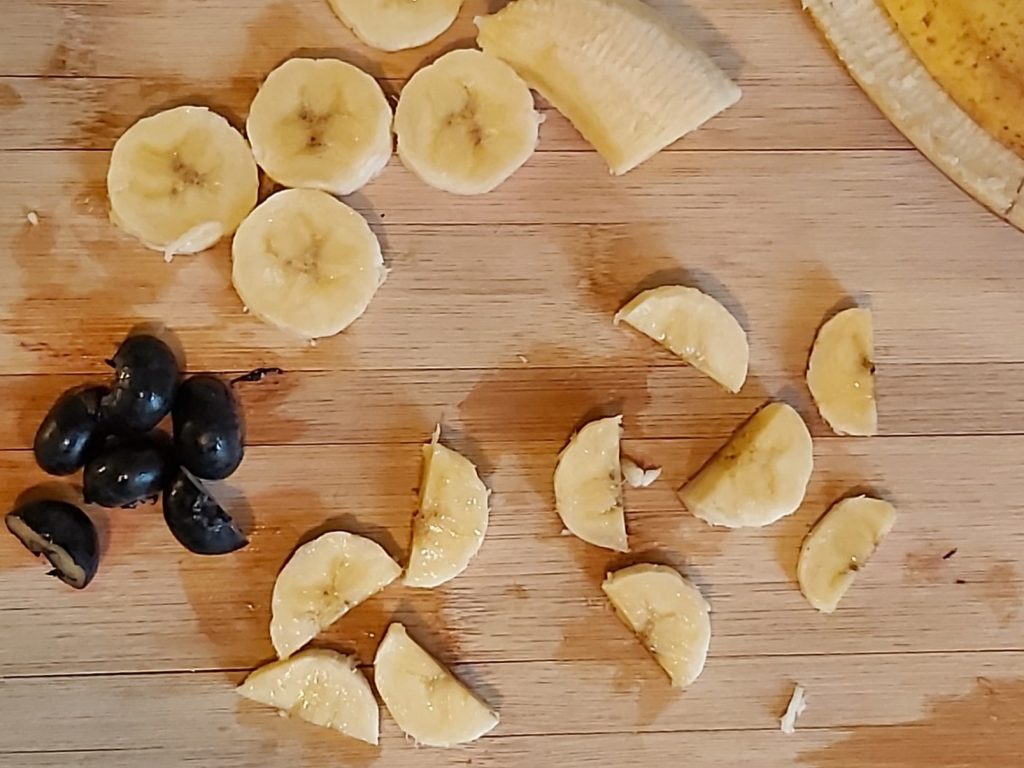
Step 2: Spread your chosen breakfast spread onto a cookie (or cracker).
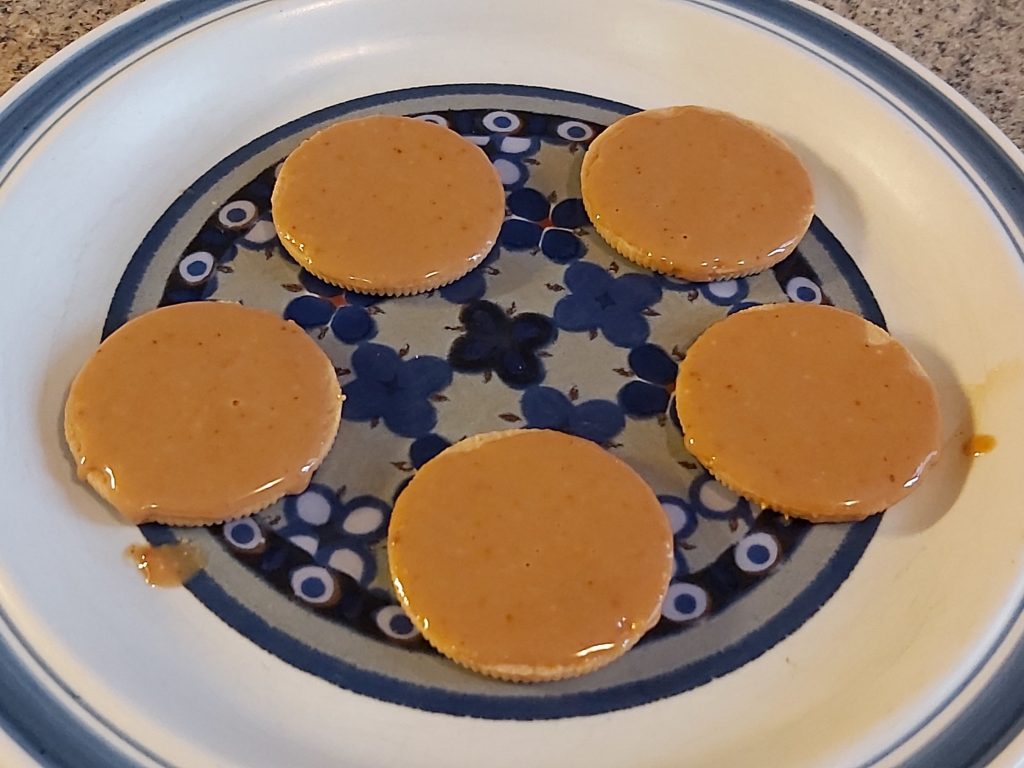
Step 3: It’s time to build your bee’s body! Place the banana slice in the center of the cookie (or cracker), and then add the wings on each side. Next, add your bee’s head.
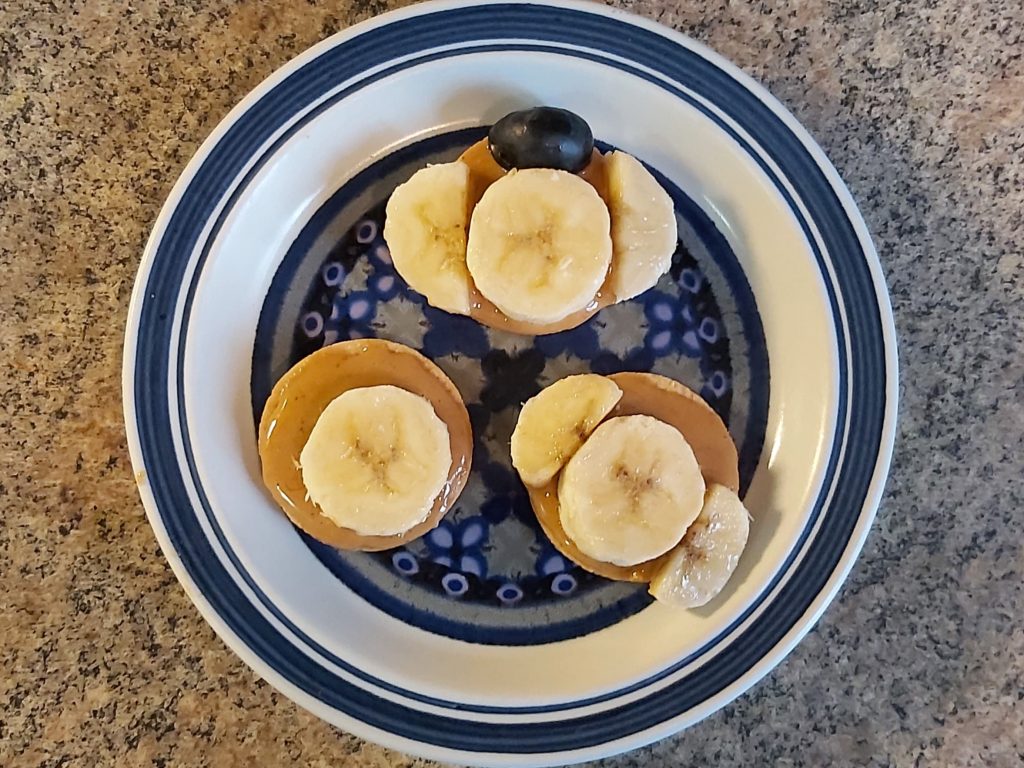
Step 4: Put some chocolate spread into a sealable plastic bag. If you don’t have chocolate spread, make your own by asking a grown-up to help melt the chocolate chips. Wait until it’s room temperature before putting it into the bag.
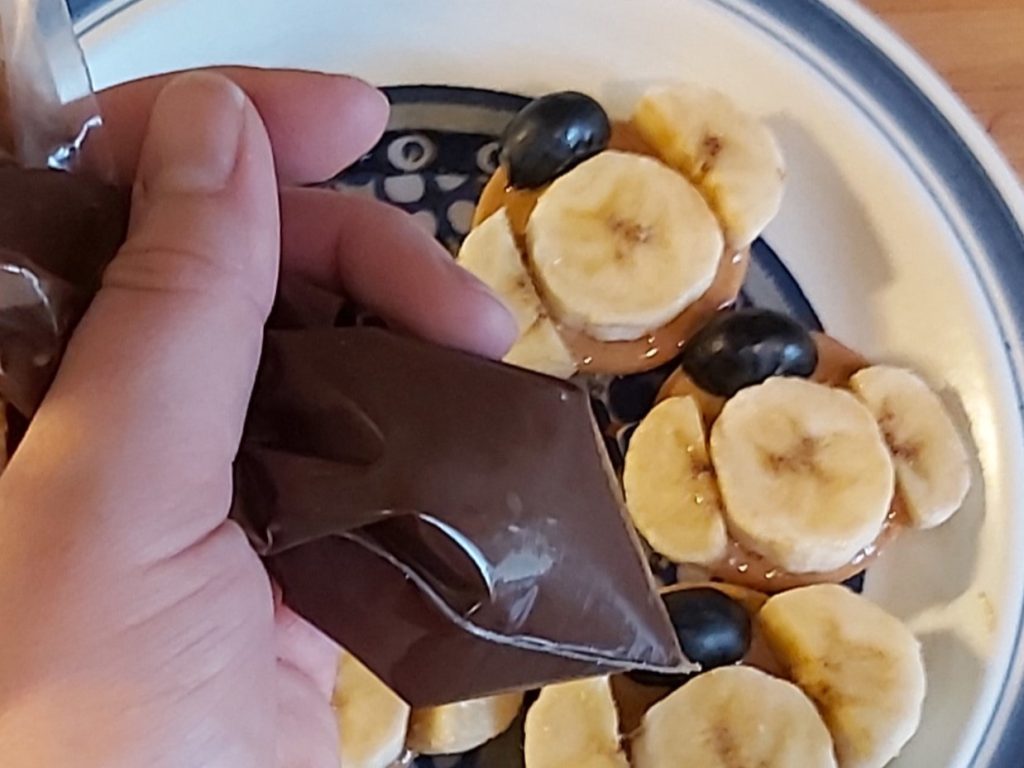
Step 5: Give your bee some stripes! Cut one of the bottom corners of the chocolate bag and carefully draw lines on your banana slice.
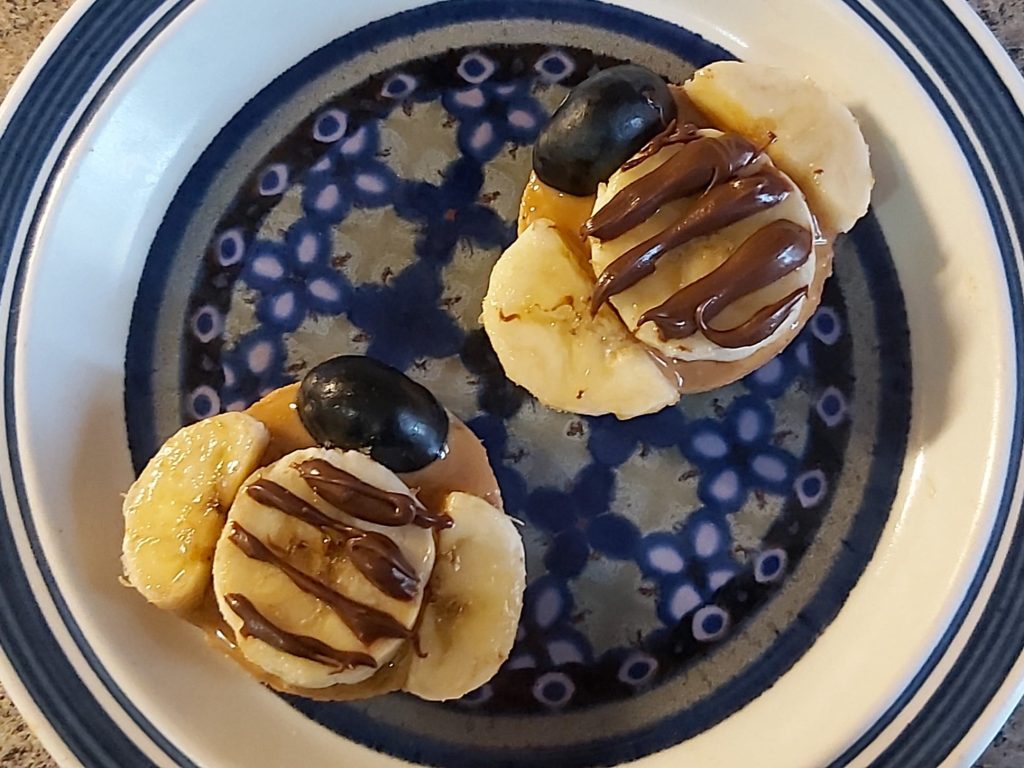
That’s it! It’s time to go bananas over your super tasty banana bees.

This Red Panda Update is Pandastic!
Namastē Earth Rangers! That’s how you say “hello” in Nepal, and that’s where our next update from the field is coming to us from. Today, we’re talking about red pandas!
But first, let’s talk about YOU! Over 500 Earth Rangers kids helped the red panda through a wildlife adoption. Fantastic job! Let’s take a look at how those adoptions are supporting the Red Panda Network and helping to protect real red pandas in Nepal!
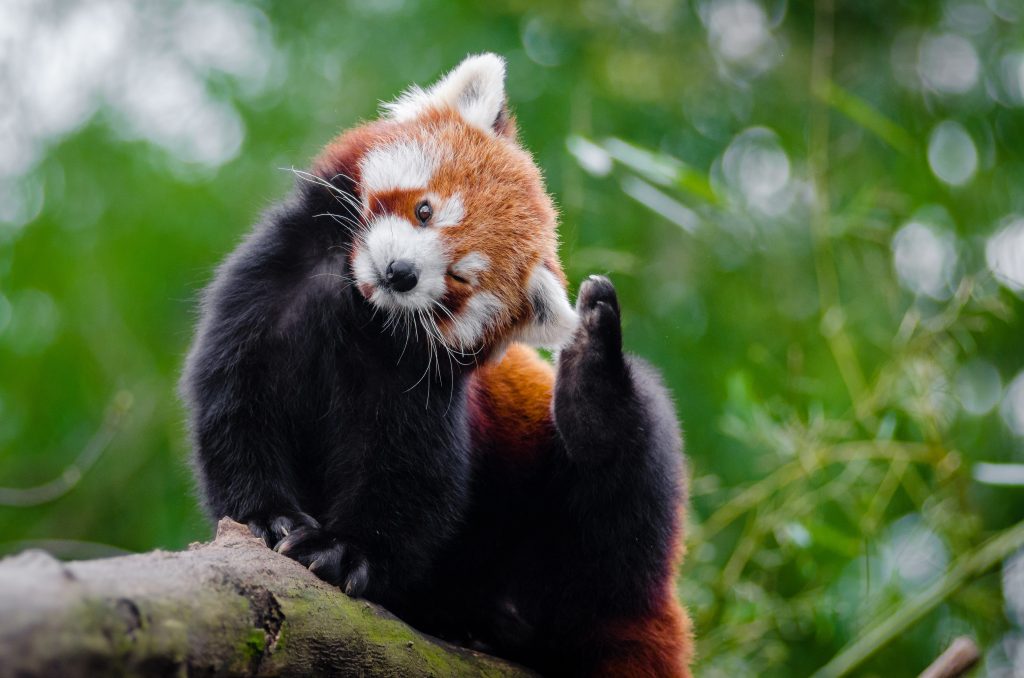
More Trees!
You can’t have red pandas without trees! The Red Panda Network have planted an amazing 32,000 saplings so far, which will grow into trees that red pandas can live in and eat from. You know what’s even better? These trees are protected from logging. That means they won’t be cut down for timber, so they’ll be able to keep red pandas safe for a long time!
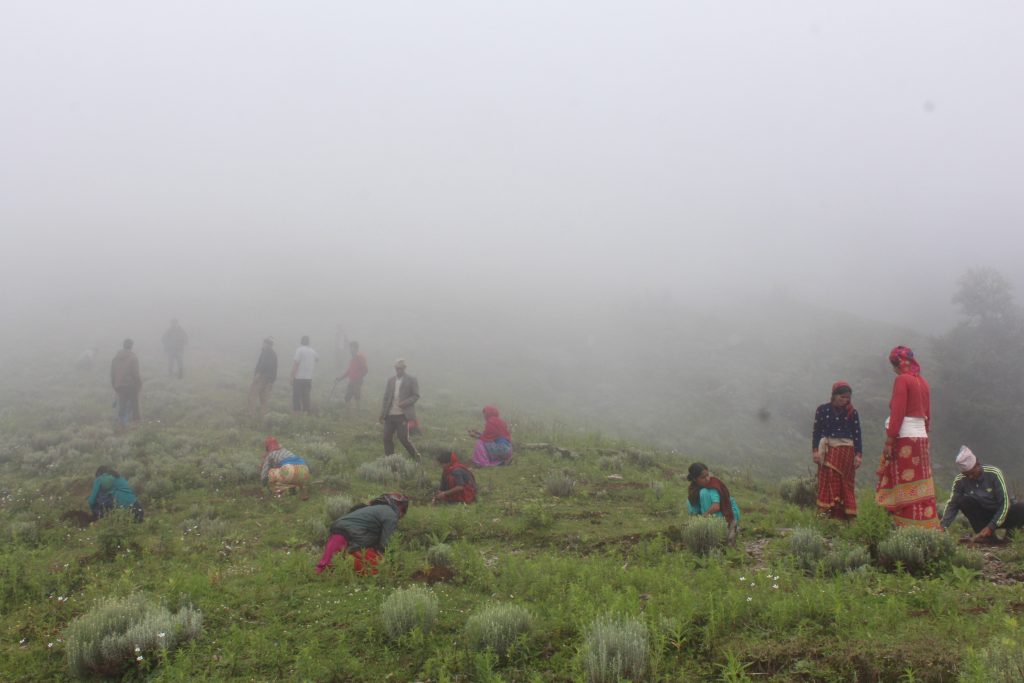
Spread the Word!
The Red Panda Network is working to stop poaching, too! They have had two crime control workshops so far, and lots of people came, like government officials, members of the media, and forest guardians (more about them soon). They learned all about red pandas and worked on ways to protect them.
All of this hard work is paying off! Three cities in Nepal have made protecting red pandas part of their budget (the money they spend during the year). Wahoo!
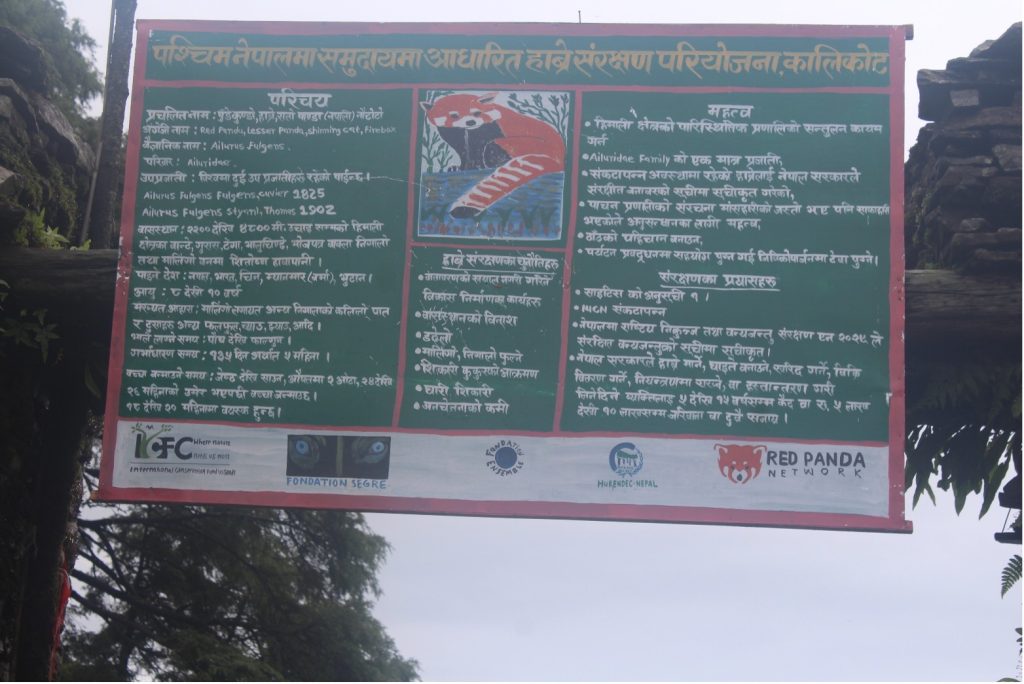
Smile for the Camera!
So, who are the Forest Guardians? They’re regular people, like you, who live near the forest and keep an eye on red panda habitat. They’ve even set up cameras to keep watch on what’s happening in the forest. The bonus? We’ll get lots of cute new photos of these adorable animals! We can’t wait to see them.
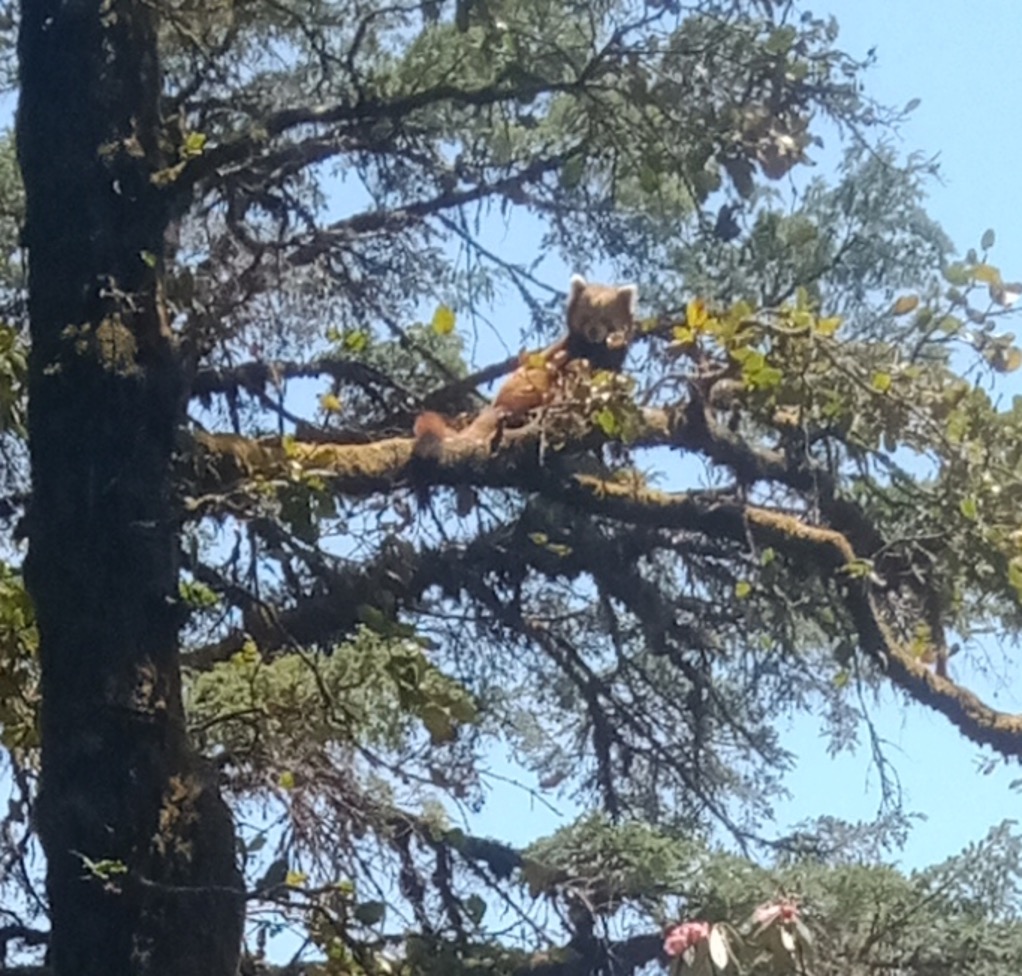
Lots of amazing work has been done, but it’s just the beginning. There’s still lots to do. Adopt your very own red panda to help protect these awesome animals!
Head to the Adoptions Section in the Earth Rangers App or visit the Earth Rangers Shop to get your Adoption Kit and help make a difference today!
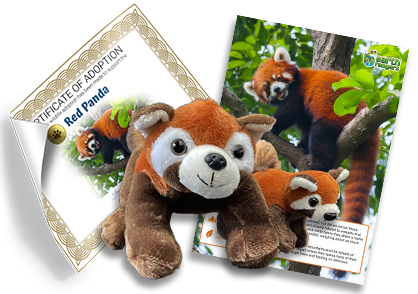

Animation Magic in the Works
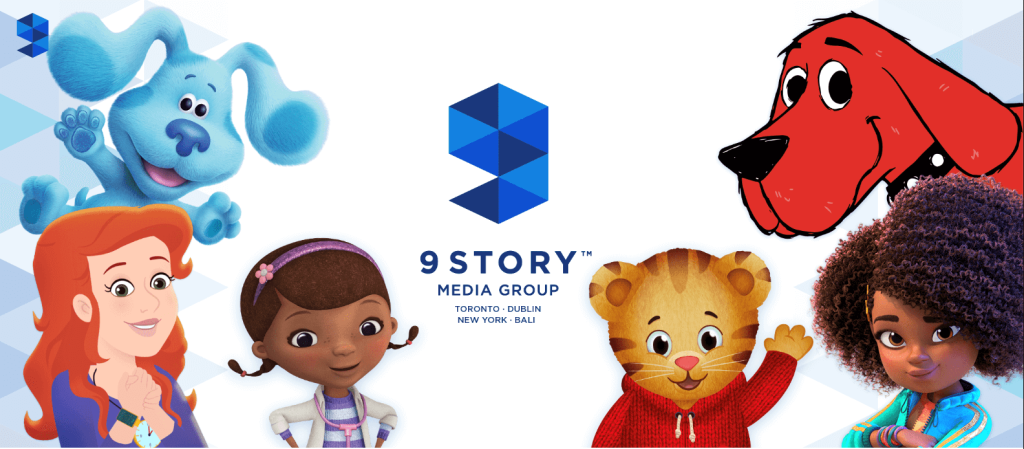
Earth Rangers is thrilled to be working in partnership with the award-winning animation studio 9 Story Media Group on a new comedy TV series for kids six-to-nine. The show in development is designed to empower kids and their families in the face of growing anxiety over the state of the planet. In addition to the series, the teams are also working on a six-episode serialized podcast.
Attached to the project are head writer Mark Steinberg (Hotel Transylvania, Big Blue, Numb Chucks) and story consultant Nelu Handa (Run the Burbs, Baroness von Sketch Show, Odd Squad), who was recently selected as a participant of the CBC-BIPOC TV & Film Showrunner Catalyst program. Development is being led by 9 Story VP of Development Karen Fowler (Rosie’s Rules, The Electric Company, Scout and the Gumboot Kids, Dot) out of the Toronto studio.
“I am a big believer in the Earth Rangers’ mission to create new generations of conservationists,” said Vince Commisso, President & CEO of 9 Story Media Group and board member of Earth Rangers. “We have a responsibility to future generations to fix what is happening with our planet. We also know from our experience working on Wild Kratts over the last decade, that kids are inherently passionate about the environment from an early age. Our goal with this partnership is to reach a slightly older audience and help maintain this passion for animals and the environment.”
“Earth Rangers has always strived to meet kids where they are – our live school assemblies, award-winning podcast and mobile app have successfully done that and we see this series as the next big piece of the puzzle,” said Tovah Barocas, President of Earth Rangers. “The passion and commitment of kids for protecting the environment never ceases to amaze me – creating a series that mirrors those qualities back to them through compelling characters and humour is guaranteed to resonate.”
“Partnering with Earth Rangers to build and activate a global community of engaged kids is thrilling,” said Karen Fowler, VP of Development for 9 Story. “It’s a blast developing this animated workplace comedy as part of that vision. Our podcast mini-series will be an appetizer for the show and capitalizes on Earth Rangers’ already significant and dedicated audience. Entertaining kids and amplifying the mission with actionable, connected takeaways is super satisfying and we are excited to find the right partners to take this out to global audiences.”

